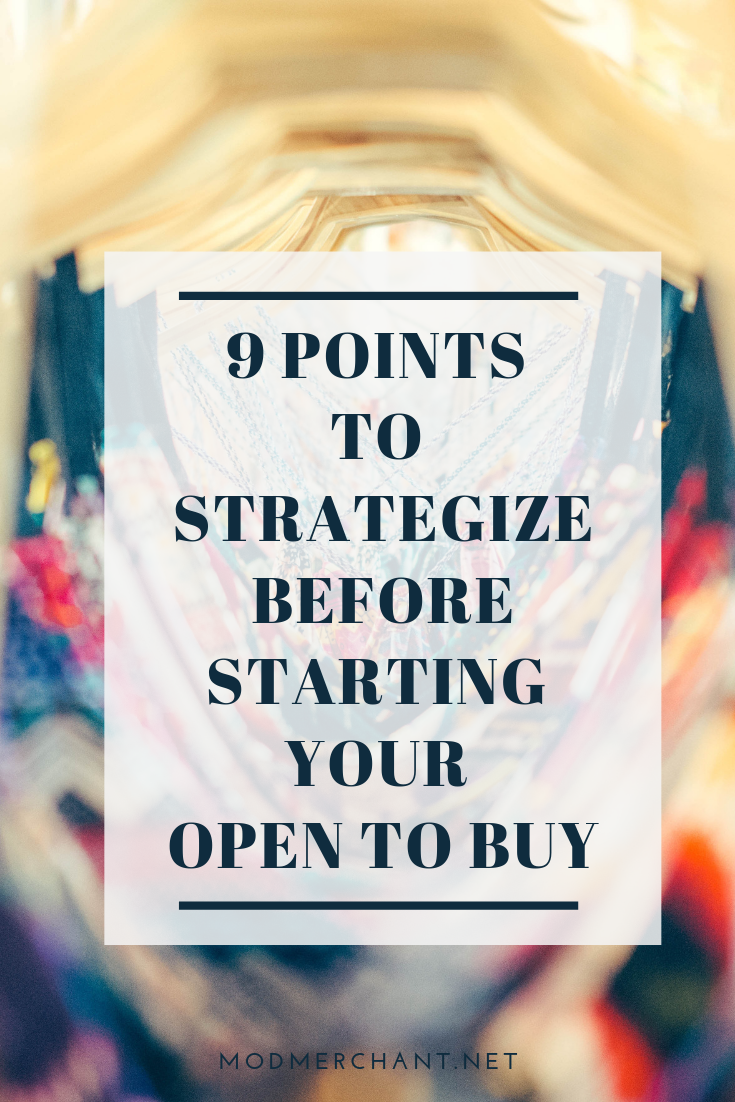Forecasting your Open To Buy can be a daunting task even for the most seasoned retailers and planning it out for the entire year can seem nearly impossible. It shouldn’t be much of a surprise though that there is a lot of value in performing an OTB business analysis at the beginning of the year. By taking the time to consider a few key OTB contributors, you will make the balance of planning your year so much easier.
A little pre-planning and deliberation will help make this process as seamless as possible and so I’ve highlighted 9 aspects of your OTB that you want to make sure to consider before you start your forecasting. I’ve included a few additional OTB contributors that sometimes get overlooked to make sure you are accounting for everything before you start clicking your calculator.
REVIEW:
1. Historical Data
It is frequently overlooked or underestimated but your historical data is one of the most powerful tools you have in making good financial decisions. It isn’t always the sexiest part of planning but it is definitely one of the most important. Review your last year sales data and dig deep to understand what happened.
Make sure you analyze the following points:
What categories or styles performed well and how can you update it this year?
What categories or styles struggled and what should you avoid?
Review your sell through rate and determine if you bought the right amount. Did you have an amazing 30 day sell through but actually lost sales because you didn’t buy deep enough? Or did you have a slow seller that maybe generated strong sales but you bought too much inventory?
Examine your turn. Are you moving your inventory too fast or too slow? Are your turn targets realistic for your store and your product categories?
Evaluate your product categories and vendors to make sure they are in line with your anticipated and expected level of financial performance. If they aren’t and you don’t see a strategy to fix them, cut your losses and move on. Or if you see an opportunity in the market to add new products or vendors, make sure your account for a new product launch.
Talk with your staff and review your social media to identify any specific product wins or losses from the prior year. Did you receive a lot of positive feedback on product from a particular vendor? Consider boosting receipts this year. Or did you receive too many complaints on product from a different vendor partner? Plan them down or exit them for more profitable partners.
2. The Fashion Pyramid
Referencing the fashion pyramid regularly is a great reminder to focus on building your assortments based on sales, percentages, and gross margins to deliver your most profitable assortment. Leverage the fashion pyramid when you start planning your initial buys and break out your sales dollars in percentages across basic, mid, and fashion tiers. So many stores are attracted to the trend forward fashion (read: markdown) but fail to acknowledge that basics are huge sales generators, margin generators, and service the customer because they frequently are last minute pick me up items. After considering the right blend for your store, estimate the appropriate percentage across each tier of your fashion pyramid and plan your receipts accordingly.
3. Trends
So as much as I just preached for the support of basics there is something to be said for making sure you have the right trend happening in your store. Trend product can draw your customer in and provide credibility to your store’s brand persona. Make sure you are strategizing and planning accordingly:
What key trend stories are developing in your market?
Will there be any key items that you anticipate being hot, new, and “must-have’s” to include in your assortment for your customers?
What kind of statement can you make to support your trend product? Consider merchandising, advertising, and potential receipt allowance.
Ask your vendors for their input and what they see in the market as big incoming trends.
Do your own research through your favorite websites, magazines, and social media to determine incoming trends.
CONSIDER:
4. Your Customer
I’ve worked with so many buyers who forget they are buying for their customers and not themselves. They spend their receipt dollars on new fashions that appeal to them, literally trying on samples to see how they fit ON THEM! This is one of the biggest mistakes that many buyers make (and one of my own personal pet peeves). Most businesses’ goals are to make money, so why jeopardize your goal by ignoring the wants of the customers that not only spend money, but also will propel your business forward. Get crystal clear and laser focused on whom your customer is and what they want to buy. Get comfortable with the mindset that you are their personal shopper, not a buyer, and you are shopping for them.
5. Strategy
Since we are now a few weeks into the New Year, hopefully you have your strategies laid out for 2018. (If not, tune in to my Facebook Live videos and look for this week’s strategy series with Lauren Allen from Right Hand Business Coach on “How to Tackle Strategic Planning: Learn the How, the Why, and the What” to get you started). Your strategies will likely touch in some way on your OTB so make sure you are considering how your OTB will be affected by your strategies and vice versa.
6. Store Traffic & Cash Flows
Understanding the various times of year that your store’s traffic and sales ebb and flow are critical in planning your OTB. Anticipating and forecasting your sales accurately month over month, week over week, or even day over day will greatly improve your store’s cash flows over the course of the year. Analyze your business to understand peak times that you will want to buy heavier and slower periods when you can carry less inventory. Don’t forget to include key holiday lifts and potential increases from planned community events that may drive additional traffic into your store. Maximize and minimize your inventory levels appropriately to see the greatest profitability with the least amount of risk.
PLAN:
7. Inventory
Inventory can be incredibly tricky to project and forecast and poor planning can be detrimental to your business, creating an endless culmination of leftover goods that result in markdowns, and lost sales and margin. As you start piecing your OTB together, examine the inventory you have on hand and what you realistically are going to move through each month. Obviously the more carryover inventory, the less receipts you should book, so plan conservatively. The goal is to shoot for a merchandising strategy that makes your store appear full but with minimal stock in the back. Remember, it is way easier/better/smarter to chase receipts than to cancel receipts.
8. Markdowns
Yes, they must be accounted for and are critically important in your planning. Not having ANY markdowns is not the goal. I’ve had clients who are proud that they don’t have markdowns. You can imagine how the conversation goes when I break it to them that, “no markdowns means you are losing out on sales because you didn’t buy deep enough”.
Anyway, create and stick to a regular markdown cadence. This will vary by industry, product, and niche but typical retail cadences vary in the 30/60/90 day range with markdowns progressively getting deeper.
1st markdowns occur after 30 days for initial, smaller markdowns promoted at 10-20%.
2nd markdowns take place after 60 days account for slightly deeper reductions at 25-45%
3rd markdowns, should be final markdowns, and will be discounted at 50% or greater.
Obviously your markdown strategy is dependent on how strong your initial buys are and your markup and margin goals, but holding on to slow sellers doesn’t make sense. Take the margin hit to move the goods and get sharper on buying goods that your customer will buy at a regular or slightly discounted price to build your most profitable business.
9. Advertising
The same way markdowns must be considered, so must advertising. Advertising will play a huge role in planning your sales and markdowns and forecasting with your best estimate throughout the year will make a substantial difference to your end results. When and how often do you intend to advertise? What type of sales lift to get when you advertise? Analyze your advertising strategy and build your buys around your advertising cadence to maximize the potential.
ACTION:
You’ve done a full OTB business analysis and considered almost every aspect of your business, so now it’s time to sit down and start forecasting. I recommend using an OTB format to keep you and your thoughts organized. There are software options available but an excel spreadsheet can work just as well and is often used by large retailers. Consider adding LY numbers, forecasted estimates, and actuals month over month so you can document and improve your own forecasting skills for next year. Update your numbers monthly to see how you are tracking and make critical decisions based on how you are tracking. No forecasts are perfect but by integrating your OTB business analysis into your forecasts efficiently you will be well positioned for a lucratively year.
INSIGHTS
Ultimately, taking the time to plan your annual OTB will not only make your buying much easier, it will also greatly improve your business. Your dedicated strategic planning and budgeting will lead to increased profitability, improved cash flow, stronger inventory turns, and reduced markdowns and stockouts. Even better though you will be providing your customer with a wonderful experience because you are offering them products they actually want!
If this article resonated with you, I welcome you to subscribe to my e-newsletter. By doing so, you'll receive alerts for new features in my blog featuring retail trends and insights, exciting business updates, and much more. Or if, after reading this article, you conclude that you found it helpful, please feel free to share it with your network. Thanks!




